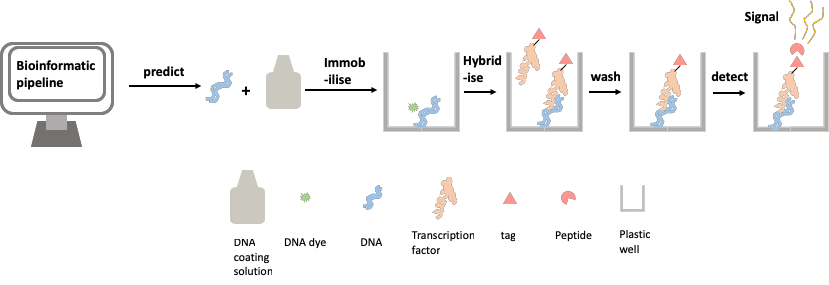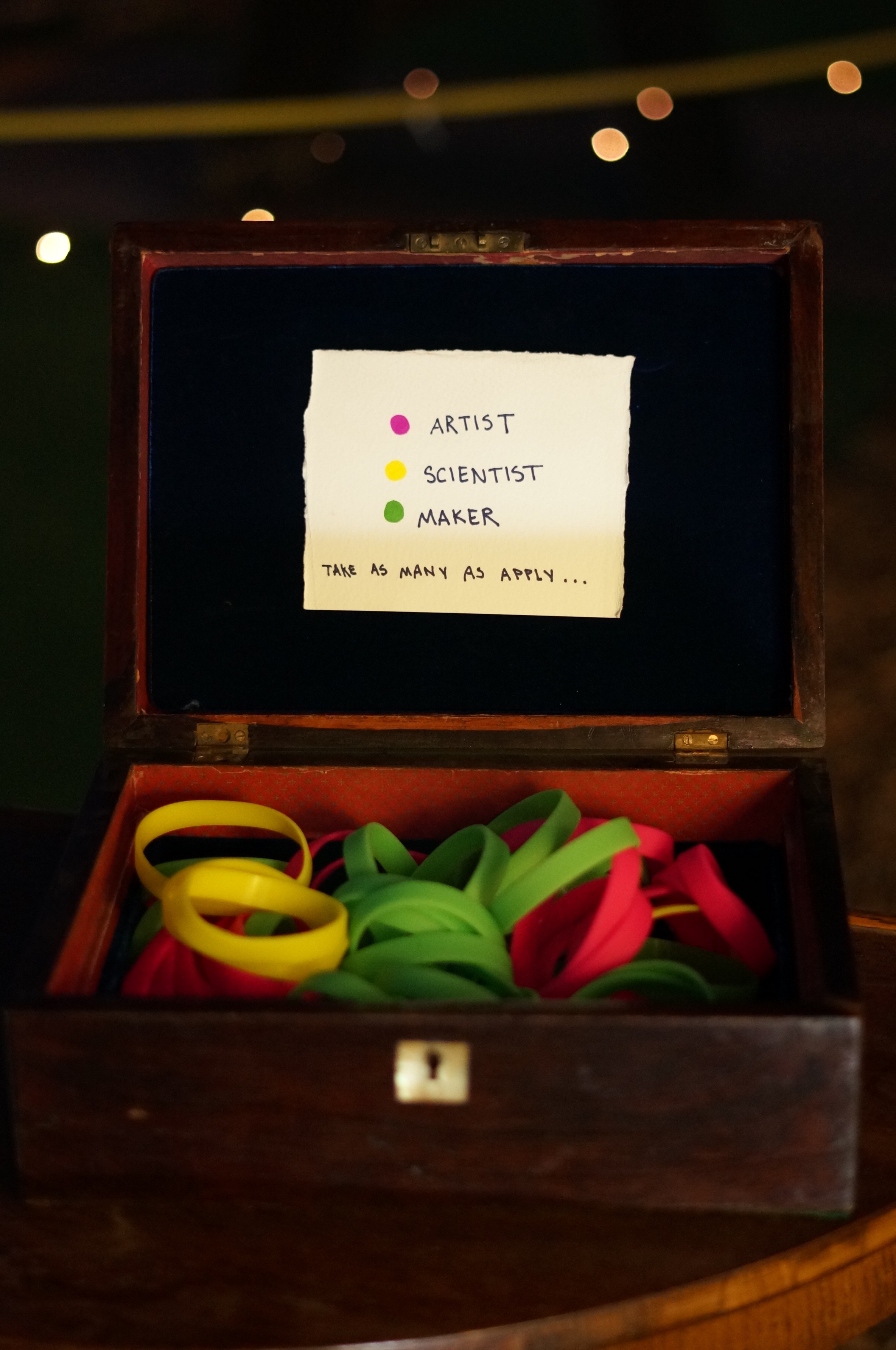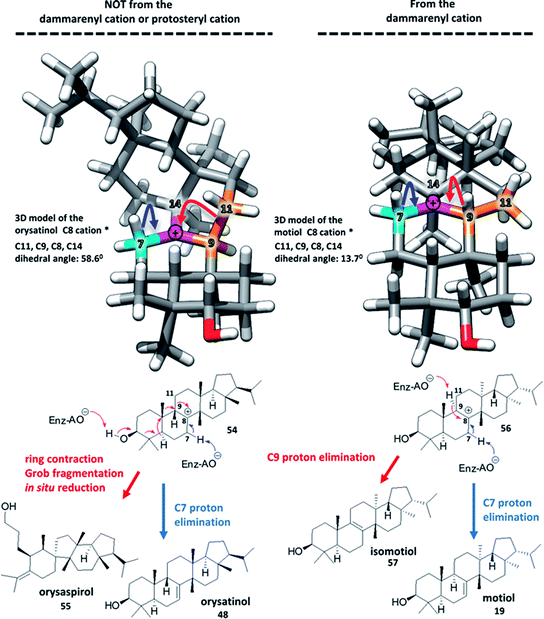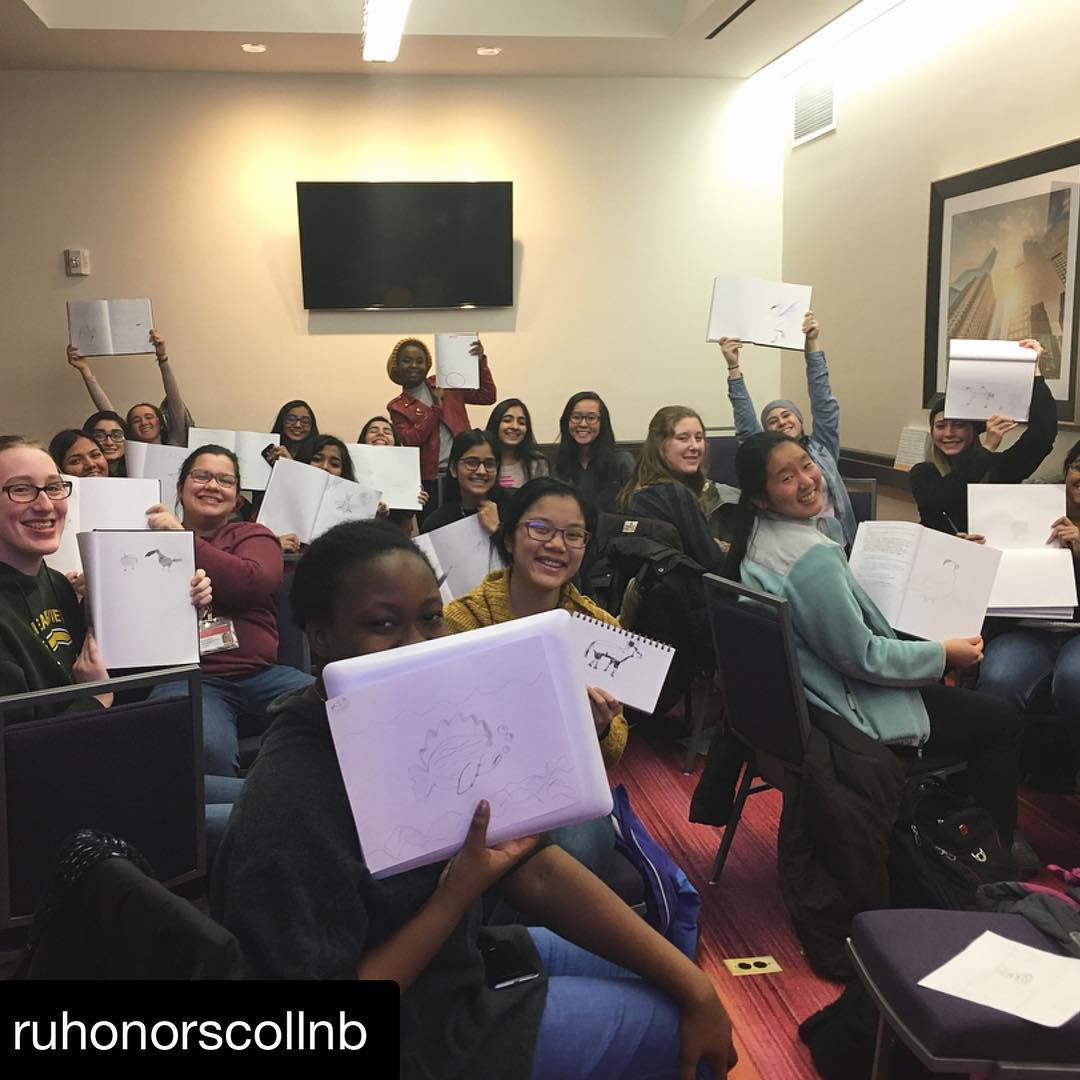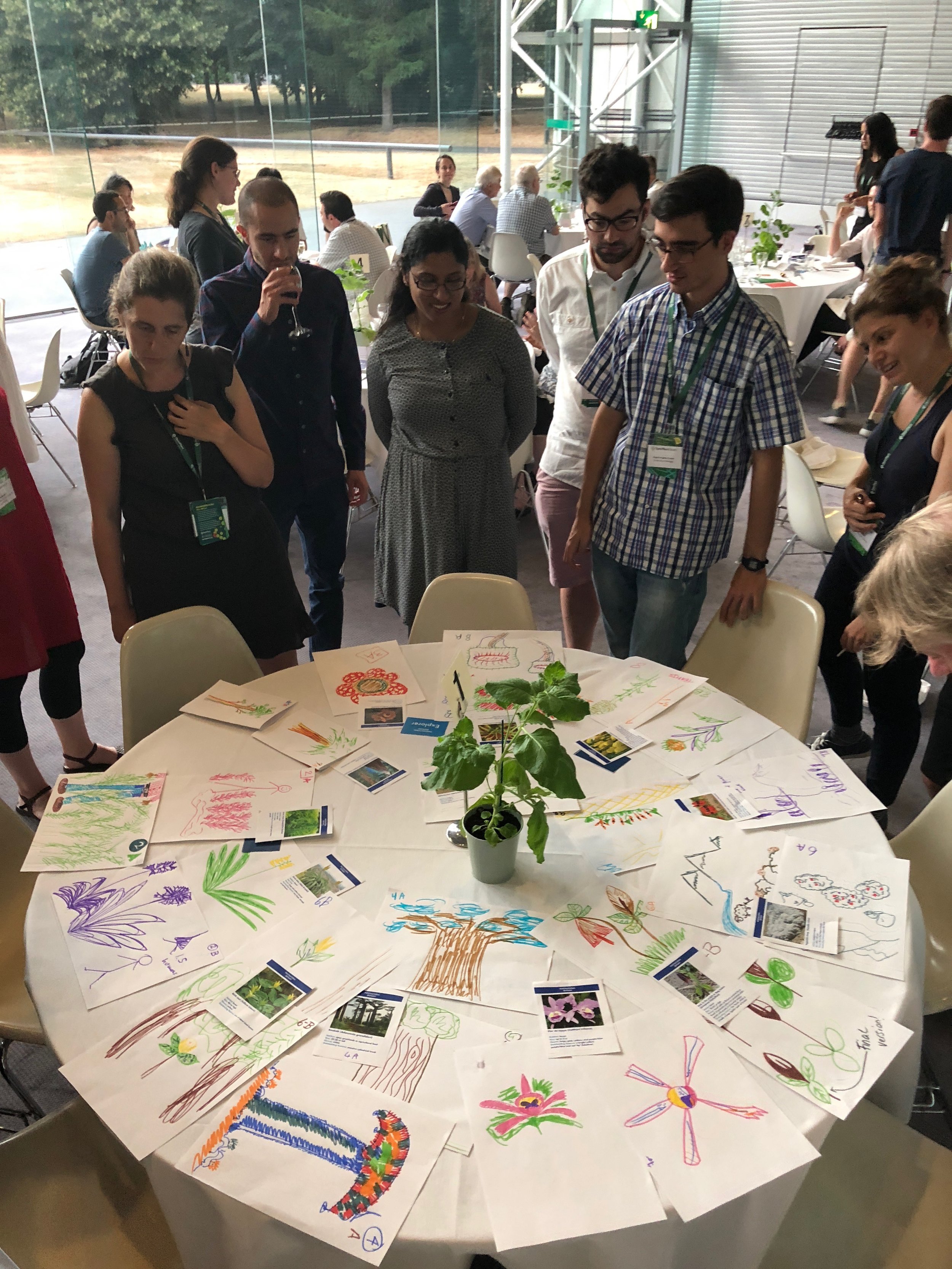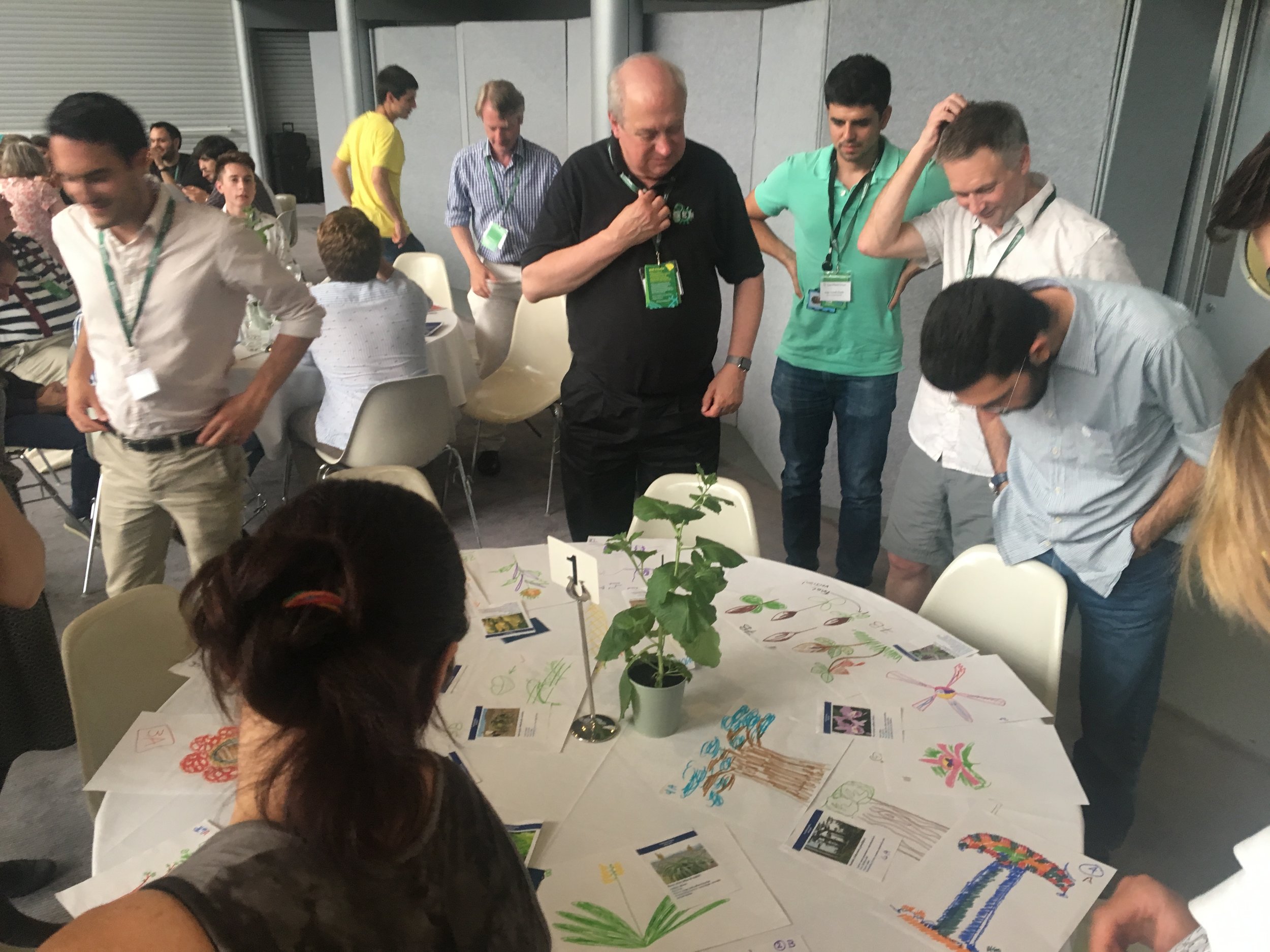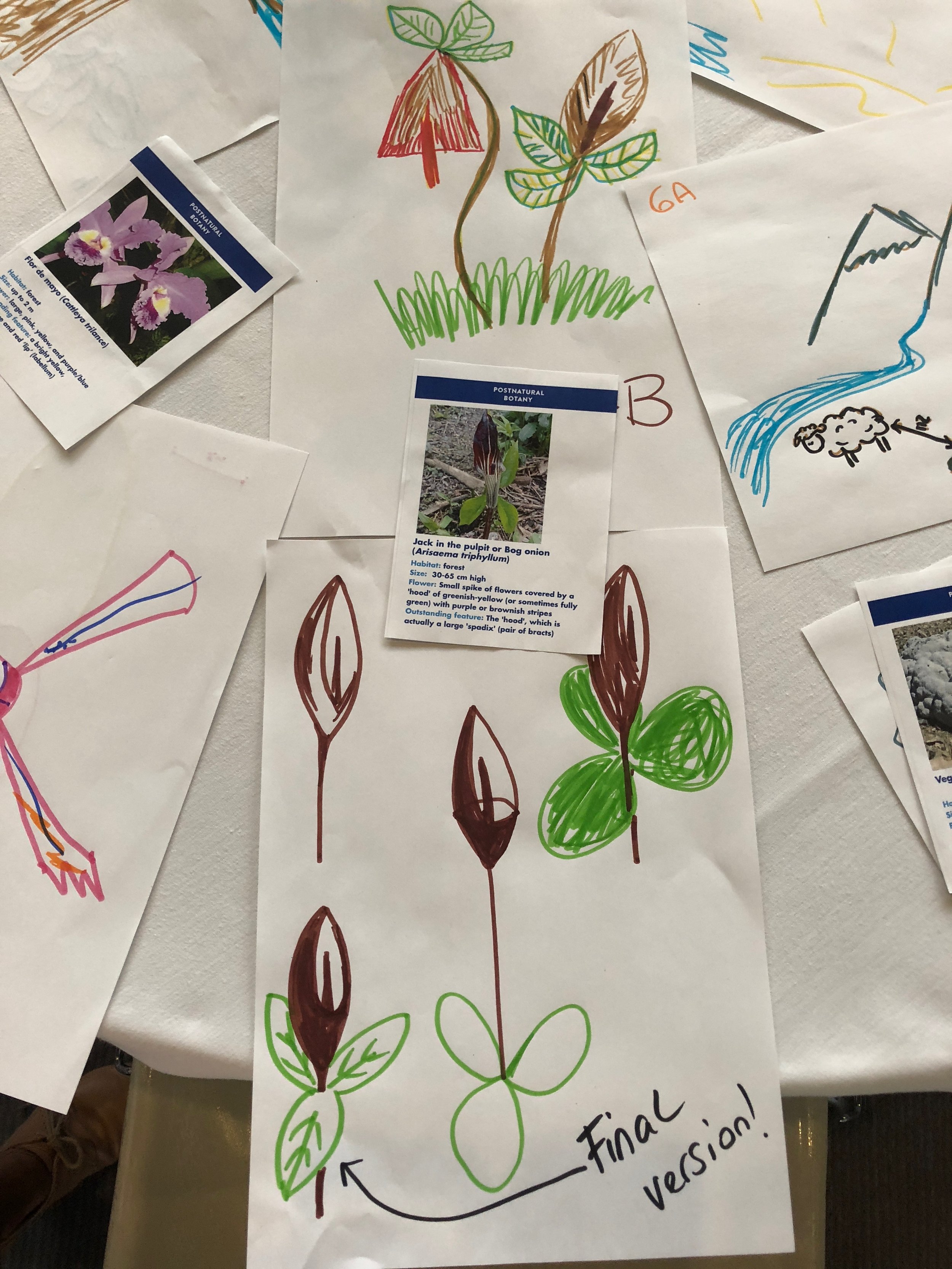The department of Genetics Development and Cell Biology at Iowa State University (ISU) is inviting applications for a tenure-track assistant professor position in Plant Genome Engineering. They’re looking for a plant biologist who uses and/or develops genome editing technologies in their research.
Apply here >>> https://www.iastatejobs.com/postings/37758
GDCB seeks to hire a plant biologist who addresses fundamental or applied questions in the mechanisms of plant function and/or development at the cellular and molecular level using genome engineering such as CRISPR/Cas gene editing. Scientists developing resources that potentially reshape specific plant characteristics for the benefit of the environment and the human condition are strongly encouraged to apply.
Areas of interest will address or integrate Signature Themes at ISU in Biological Systems, Datarich Environments, and Environmental Sustainability, including but not limited to: molecular and cellular processes integral to plant health or disease, genome dynamics, phenomics, plant development, epigenetics, genetic and metabolic regulatory networks, and plant responses to environmental signals and stresses. Interdisciplinary or collaborative research is encouraged.
Responsibilities include building a nationally recognized research program that competes successfully for extramural funding, advancing the discipline through high-quality publications, mentoring students, and effective teaching of undergraduate and graduate courses. The successful candidate will demonstrate excellent communication and leadership skills and will share the university’s commitment to an inclusive environment that supports diversity.
GDCB and ISU provide an interactive, collegial environment of world-class scientists studying biological questions of fundamental importance, with particular strengths in plant sciences. Our faculty use experimental and computational approaches in an array of organisms, and participate in interdisciplinary graduate training programs in Plant Biology, Genetics and Genomics, Molecular, Cellular and Developmental Biology, Bioinformatics and Computational Biology, and an NSF Research Traineeship in Predictive Plant Phenomics.
Required Qualifications:
Preferred Qualifications:
Demonstrated ability or clear potential to secure extramural funding
Evidence of ability to develop a research program with potential for national distinction
Research plan that enhances existing strengths at ISU
Engagement in interdisciplinary or collaborative research
Postdoctoral research experience
Demonstrated ability or potential to excel in scholarly teaching
Evidence of commitment to an inclusive climate that supports diversity and enableshonest and respectful exchange of ideas
Please visit https://www.iastatejobs.com/postings/37758 to view the entire vacancy and apply electronically. For full consideration, submit the application by January 22, 2018.

![[Closes 24 Nov 2107] Apply now to the OpenPlant Fund!](https://images.squarespace-cdn.com/content/v1/54a6bdb7e4b08424e69c93a1/1509564315902-TUO4I6QRWI9TT8UGSIAJ/OpenPlantTwitter_400x400+%281%29.jpg)

![[Closes 7 Mar 2017] OpenPlant Research Associate (Haseloff Lab)](https://images.squarespace-cdn.com/content/v1/54a6bdb7e4b08424e69c93a1/1486552818859-FH76MCA8SMFU93WB85RX/OpenPlantTwitter_400x400.jpg)


